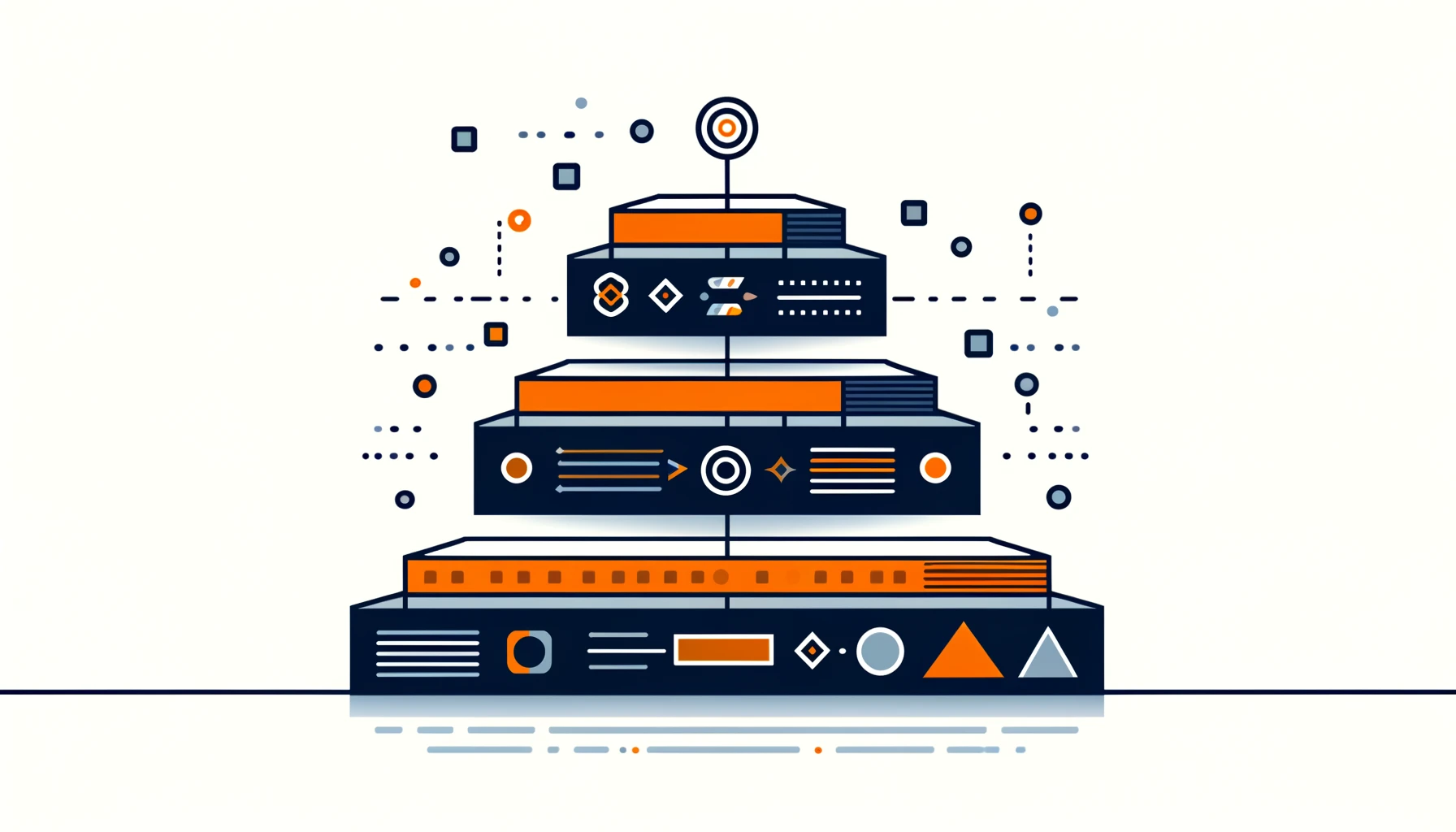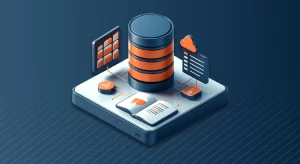
Level Classification

In the world of data management, level classification plays a crucial role in organizing and securing information. As businesses generate and store vast amounts of data, it becomes increasingly important to implement effective classification techniques. Level classification is a fundamental concept that helps categorize data based on its sensitivity, criticality, and access requirements. This article will discuss the fundamentals of level classification and how databases and data warehouses use it.
What is Level Classification?
Level classification is a method of categorizing data into different levels or tiers based on predefined criteria. The main goal of level classification is to protect data and control access based on its sensitivity and importance. This helps ensure that only authorized individuals can access certain information.
Level classification also helps prioritize security measures based on the level of sensitivity of the data. By categorizing data into different levels, organizations can better manage and protect their information. By assigning data to specific levels, organizations can implement security measures, access controls, and compliance policies more effectively.
The Principle of Level Classification
The principle of level classification relies on the idea that not all data is equal. Certain data, like personal information or financial records, can be extremely sensitive. On the other hand, some data may be less important or easily accessible to the public. Classification allows organizations to differentiate between these varying degrees of sensitivity and apply appropriate safeguards.
Level classification usually includes creating a hierarchy of levels, each with specific security requirements and access permissions. The number of levels and their specific definitions may vary depending on the organization’s needs and regulatory requirements. Common level classifications include:
- Public: Data that is freely accessible to anyone without restrictions.
- Internal: Information designed for utilization within the company.
- Confidential: Data that is sensitive and requires additional protection.
- Restricted: Data that is highly sensitive and accessible only to authorized individuals.
Implementing in Databases
Databases are essential for storing and managing structured data. In databases, level classification focuses on securing data at the table, row, or column level. Here are some examples of applying classification in databases using SQL commands:
-- Creating a table with level classification CREATE TABLE employees ( id INT PRIMARY KEY, name VARCHAR(100), department VARCHAR(50), salary DECIMAL(10,2), level VARCHAR(20) -- Column for level classification );
-- Inserting data with level classification INSERT INTO employees (id, name, department, salary, level) VALUES (1, 'John Doe', 'Sales', 50000, 'Internal'), (2, 'Jane Smith', 'HR', 60000, 'Confidential'), (3, 'Mike Johnson', 'IT', 75000, 'Restricted'); -- Querying data based on level classification SELECT * FROM employees WHERE level = 'Internal';This example involves creating an employees table with a level column to store the classification level for each row. We insert sample data with different classification levels and demonstrate how to query data based on the level.
Implementing in Data Warehouses
Companies design data warehouses to store and analyze large volumes of historical data from various sources. Level classification in data warehouses ensures that authorized users have protected and accessible access to sensitive information. Here are some considerations for implementing level classification in data warehouses:
- In dimensional modeling, incorporate level classification into the dimensional model when designing a data warehouse. Dimensions such as customer, product, or location can include attributes that indicate the classification level.
- ETL Processes classify data based on rules before loading it into the data warehouse.
- Access Control: Data warehouses should have robust access control mechanisms in place to enforce level classification. Set user roles and permissions according to different levels of classification. This ensures that users can see only the data they are allowed to see.
- Data masking is a technique used to safeguard privacy and comply with regulations. To maintain security and confidentiality, you may need to mask or anonymize sensitive data at higher classification levels. Masking helps to prevent unauthorized access to sensitive information. You can apply techniques such as substitution or shuffling during the ETL process or when querying the data.
Cloud Data Classification
With the growing adoption of cloud computing, classification becomes even more crucial. Cloud platforms offer scalability, flexibility, and cost-efficiency, but they also introduce new challenges in data security and compliance. Organizations must ensure that they maintain and enforce level classification when storing and processing data in the cloud.
Cloud service providers often provide built-in security features and controls to support level classification. These may include:
- Access Control: Cloud platforms offer identity and access management (IAM) services that allow organizations to define and enforce access policies based on classification levels.
- Encryption: Encrypt data at rest and in transit to protect sensitive information. Different classification levels can use different encryption keys to ensure appropriate security.
- Monitoring and Auditing: Cloud platforms provide monitoring and auditing capabilities to track data access and detect any unauthorized activities. You can analyze audit logs to ensure compliance with level classification policies.
Automation and AI in Level Classification
Modern classification systems increasingly leverage automation and AI technologies. Machine learning algorithms can analyze data content to suggest appropriate classification levels. Natural language processing identifies sensitive information in text documents automatically. Computer vision systems detect confidential elements within images. Pattern recognition tools find sensitive data across diverse datasets rapidly. Automated classification reduces human error in security labeling. AI systems continually improve classification accuracy through supervised learning. Organizations save time by automating repetitive classification tasks. Rules engines apply consistent classification policies across enterprise systems. Real-time scanning classifies new data as it enters systems. Classification intelligence evolves as new data patterns emerge. These technologies help organizations maintain accurate classifications despite growing data volumes.
Images
You can also apply level classification to images, in addition to structured data. Images may contain sensitive information, such as personal identities or confidential documents. Here are some considerations for level classification of images:
- Image metadata, such as tags or annotations, helps assign classification levels. This allows for efficient searching and filtering of images based on their sensitivity.
- Control access to images based on their classification level. Only authorized users should be able to view or download images at higher classification levels.
- Watermarking techniques allow embedding classification information directly into the image itself. This action helps prevent unauthorized distribution and ensures that the classification level stays associated with the image.
Examples of Level Classification
Let’s examine a few examples of how we can apply level classification in real-world scenarios.
- In a healthcare setting, we classify patient records as highly sensitive and they fall under the “Restricted” level. Access to these records is strictly limited to authorized medical professionals and requires additional authentication measures.
- In the world of online retail, businesses consider customer data like names, addresses, and payment information confidential. Authorized personnel involved in order processing and customer support securely store and access this data.
- Government Agencies: Government agencies deal with classified information at various levels, such as “Top Secret,” “Secret,” and “Confidential.” Each level has specific handling and access requirements to ensure the protection of sensitive data.
Conclusion
Level classification is a vital aspect of data management and security in databases and data warehouses. By categorizing data based on its sensitivity and importance, organizations can implement appropriate security measures, access controls, and compliance policies. The principle of level classification determines data protection and access based on the sensitivity of the data.
When implementing level classification, it is important to consider various factors such as database design, ETL processes, access control mechanisms, and data masking techniques. Cloud platforms and image classification also require special attention to maintain the integrity and security of sensitive data.
By adopting level classification best practices and leveraging tools like DataSunrise for maintaining and securing classified data, organizations can safeguard their valuable information assets. DataSunrise offers exceptional features for level classification, including security controls, audit rules, data masking, and compliance support. Contact the DataSunrise team to schedule a virtual demo. Learn how their solutions can improve your data classification and security.
